Panasonic has developed an 8K image sensor capable of shooting 60p video, with wide dynamic range and global shutter. The latter removes the ‘rolling shutter’ effect from stills and video. The sensor combines an organic photosensitive film that sits atop CMOS circuitry, circumventing one of the biggest problems with traditional global shutter CMOS chips: co-located photosensitive and charge storage areas that compete with one another for space within the surface area of each pixel. This allows Panasonic’s chip to comparatively achieve far greater photosensitive area (better low light performance) and expansive charge capacity (wide dynamic range), and perform some other unique tricks.
 |
| Comparing typical BSI CMOS image sensor design (left), Panasonic’s new OPF/CMOS image sensor (right). Note how thin the OPF layer is compared to a traditional silicon photodiode. This allows a large area to be devoted to circuitry, and also means each pixel can accept a wider cone of incident light. This increases the CRA (chief ray angle) from the traditional 30-40º to 60º. |
In June of 2013, Fujifilm and Panasonic announced a collaboration that got a lot of photography nerds talking: together, the two companies had developed an ‘industry-leading’ organic / CMOS sensor technology that replaces the silicon photodiode in a conventional CMOS chip with a much thinner, high absorption coefficient organic photoelectric conversion (OPC) layer. A transparent electrode sits on top of this organic photoconductive film (OPF) and modulates its photosensitivity when a voltage is applied. This approach brings a number of advantages, like the ability to accept more oblique light rays, higher pixel capacities and global shutter.
Advantages include the ability to accept more oblique light rays, higher pixel capacities and global shutter
It’s been many years since we first heard about the collaboration, but it now appears to be at the heart of Panasonic’s latest announcement: the news that it has developed an ‘industry-first’ 8K global shutter sensor that uses OPF/CMOS tech to perform all of its tricks. Panasonic claims its new sensor can capture 8K images and 60fps video while offering incredible dynamic range, global shutter, and a built-in electronically-controlled variable ND filter function.
At face value, this sensor seems to offer quite a bit more than the backlit CMOS sensor with global shutter announced by Sony last week. Furthermore, Sony has only so far managed to build a 1.46-megapixel sensor using its pixel-parallel ADCs, while Panasonic seems to have an 8K organic/CMOS sensor already operational. Ostensibly, Panasonic’s technology shouldn’t place any particular restrictions on pixel size – which likely explains how it was able to achieve high resolution via small pixels – while Sony’s approach of an ADC for every pixel presumably places some size constraints on the design.
 |
| This Figure shows the dynamic range capabilities of the sensor’s ‘high saturation’ mode (left) and the advantages of its global shutter functionality (right) |
Technical Details
Organic/CMOS sensors are able to offer these capabilities by separating the photosensitive area (the organic light-sensitive material) from the signal processing area (all the circuitry), and by then modulating the organic photoconductive film to turn its photosensitivity on or off (or tune it). A transparent electrode sits on top of the OPF – which spans the entire sensor – and the application of increasing voltage to the electrode makes the OPF more photosensitive. This allows for fine tuning of the photosensitivity of the sensor, and the ability to turn all pixels on or off simultaneously.
The organic film layer allows all pixels to be turned on or off simultaneously
The separation of the photoelectric conversion part from the circuitry allows each to be optimized independently, rather than the optimization of one placing constraints on the other. This, combined with how thin the OPF layer is compared to a traditional silicon photodiode, has allowed Panasonic to dedicate a large area to circuitry, separating the (traditionally somewhat co-located) photoelectric conversion and charge storage parts. The result? Large capacitors that allow for enormous full-well capacity: Panasonic claims its sensor can collect up to 450,000 photoelectrons per pixel, which is insane and means this sensor is likely to have a very wide dynamic range. By comparison, we’re more used to seeing an order of magnitude less full-well capacity: ~45,000 photoelectrons per pixel in full frame cameras.
‘In-pixel gain switching technology’ also allows the Panasonic sensor to switch to a high efficiency mode, though in this mode the pixels saturate at 4,500 photoelectrons – yielding far less dynamic range but enhanced low light ability.
 |
| Panasonic shows off the incredible dynamic range of this new organic sensor. |
In this latest design, these benefits have been combined with a new “in-pixel capacitive coupled noise cancellation technique” which can suppress pixel reset noise very quickly, even when you’re shooting at really high resolution… say, 8K.
The organic layer is also the source of the electronically-controlled ND function. By changing how much voltage you apply to the organic layer, you can change its sensitivity and therefore have it capture more or less light per unit time. You can see the relationship between applied voltage and signal, with higher voltages making the OPF more light sensitive (increasing photoconductivity), and lower voltages making the sensor less sensitive. VH (high voltage) is the default voltage applied to make the OPF maximally sensitive, while VL (low voltage) simulates the effect of a 5 stop ND filter.
This would, ostensibly, save photographers and videographers from needing to carry around a set of ND filters, allowing you to adjust to challenging lighting situations in-camera.
 |
| This figure shows the stepless, electronically-controlled ND filter functionality of the Panasonic sensor. |
Finally, the organic layer is also the source of the global shutter function. Global shutter involves capturing/reading all of the pixels on a sensor at once. Most CMOS sensors read the image row-by-row, leading to ‘rolling shutter’ distortion where fast moving objects look warped because the bottom part of the object was actually captured a split second later than its top.
This is what Sony addressed with its new BSI CMOS sensor announced last week. That sensor achieves global shutter by adding an ADC to every single pixel rather than every column of pixels. Unfortunately, this approach is currently difficult to scale—which is why Sony has only managed to put it into a 1.46MP sensor with fairly large pixels thus far.
Panasonic’s design achieves this same trick by taking advantage of the ability to turn the entire organic layer on or off simultaneously. At the end of an exposure, the voltage applied to the transparent electrode is simply switched off, effectively turning off the photosensitivity of all pixels simultaneously. This decouples the end of an exposure from read-out, which can still be done sequentially, line-by-line. Impressively, Panasonic’s sensor can operate in this manner “even driving a large number of pixels like the 8K sensor”.
 |
| The sensor’s global shutter functionality eliminates rolling shutter distortion caused by reading the sensor row-by-row, rather than all at once. |
What’s Next?
So, are we going to see this in any upcoming Panasonic video cameras? Will the Panasonic GH6 or its best high-end Varicam shoot 8K/60p with insane dynamic range, global shutter, and built-in electronic ND filter? We’d sure like to hope so, but probably not.
Remember, this organic/CMOS sensor technology was first introduced as a major breakthrough in 2013. To the best of our knowledge, not a single camera has used that technology in the intervening 5 years. Apple recently acquired InVisage QuantumFilm technology, which uses a film layer to to roll-off highlights for 2-3 stops of additional dynamic range. All this makes us wonder if the tech is really ready for prime time.
Not that we shouldn’t be excited about this breakthough—those are some really incredible specs. We’re just tempering our excitement with a little bit of experience… and maybe a touch of patience and skepticism.
Panasonic Develops Industry’s-First 8K High-Resolution, High-Performance Global Shutter Technology using Organic-Photoconductive-Film CMOS Image Sensor
The new technology enables 8K high resolution and high picture quality imaging without motion distortion, even in extremely bright scenes.
Osaka Japan, – Panasonic Corporation today announced that it has developed a new technology which realizes 8K high-resolution (36M pixels), 60fps framerate, 450k high-saturation electrons and global shutter [1] imaging with sensitivity modulation function simultaneously, using a CMOS image sensor with an organic photoconductive film (OPF). In this OPF CMOS image sensor, the photoelectric-conversion part and the circuit part are independent. By utilizing this OPF CMOS image sensor’s unique structure, we have been able to newly develop and incorporate high-speed noise cancellation technology and high saturation technology in the circuit part. And, by using this OPF CMOS image sensor’s unique sensitivity control function to vary the voltage applied to the OPF, we realize global shutter function. The technology that simultaneously achieves these performances is the industry’s first*1.
With the technology, it is possible to capture images at 8K resolution, even in high contrast scenes, such as a field under strong sunlight and shaded spectator seats under a stadium roof. Moreover, by utilizing the global shutter function that enables simultaneous image capture by all pixels, it is expected to be able to capture moving objects instantaneously without distortion, be utilized for multi viewpoint cameras (performing multi-view synchronized imaging using plural cameras) and used in fields requiring high-speed and high-resolution, such as machine vision and ITS monitoring. In addition, conventionally, even in scenes where it was necessary to utilize different ND filters [2] according to capturing conditions, the technology realizes a new electronically-controlled variable ND filter function which enables stepless adjustment of the OPF sensitivity [3] merely by controlling the voltage applied to the OPF.
The new technology has the following advantages.
- 8K resolution, 60fps framerate, 450k saturation electrons and global shutter function are realized simultaneously.
- Switching between high sensitivity mode and high saturation mode is possible using gain switching function.
- The ND filter function can be realized steplessly by controlling the voltage applied to the OPF.
This Development is based on the following technologies.
- “OPF CMOS image sensor design technology”, in that, the photoelectric-conversion part and the circuit part can be designed independently.
- “In-pixel capacitive coupled noise cancellation technique” which can suppress pixel reset noise at high speed even at high resolution
- “In-pixel gain switching technology” that can achieve high saturation characteristics
- “Voltage controlled sensitivity modulation technology” that can adjust the sensitivity by changing the voltage applied to the OPF.
Panasonic holds 135 Japanese patents and 83 overseas patents (including pending) related to this technology.
Panasonic will present some of these technologies at the international academic conference: ISSCC (International Solid-State Circuit Conference) 2018 which will be held in San Francisco on February 11 – 15, 2018.
Notes:
*1: As of February 14, 2018, according to Panasonic data.
More on the Technology
1. “OPF CMOS image sensor design technology”, in that, the photoelectric-conversion part and the circuit part can be designed independently.
The OPF CMOS image sensor has a unique structure, in which, the OPF performs a photoelectric conversion and the circuit area performs charge storage and signal readout functions completely independently. Using this OPF CMOS image sensor structure, we developed high-speed noise cancellation technology and high saturation technology in the circuit area which has a large available space. As a result, it is possible to realize simultaneously 8K resolution, 60fps framerate readout, wide dynamic range [4] (by achieving a high saturation level) and global shutter function, which are normally traded off.
2. “In-pixel capacitive coupled noise cancellation technique” which can suppress pixel reset noise at high speed even at high resolution
Because the OPF CMOS image sensor has a structure in which the OPF and the charge storage part are connected by metal plugs, accumulated charges cannot be completely read out. Therefore, there is a problem that it is affected by reset noise at the time of resetting the pixel (signal charge storage node). And, in a high-resolution sensor, such as an 8K sensor, it is necessary to drive large loads exceeding 4000 pixels aligned in the vertical direction at the same time as the time of noise cancellation, and therefore, the long time it takes to suppress noise is a problem. So, we developed a new structure that cancels pixel reset noise at high speed, even when high resolution pixels have to be driven, by using Panasonic’s original semiconductor device technology and the newly developed “in-pixel capacitive coupled noise canceller”. In this structure, the reset noise is suppressed at high speed by using the negative feedback loop provided for each pixel.
3. “In-pixel gain switching technology” that can achieve high saturation characteristics
In the OPF CMOS image sensor, by incorporating a large capacitor in the circuit part with a large available area, it is possible to realize both high sensitivity mode and high saturation mode with the same pixel structure merely by switching modes from the camera system. In the high sensitivity mode, it is possible to capture data up to a light intensity of 4.5k electrons with high sensitivity. Furthermore, by switching to the high saturation mode, it is possible to capture data up to a light intensity of 450k electrons. In this way, since the high saturation mode can capture up to 10 times the high sensitivity mode, it is possible to clearly display the fine winding structure of the lamp filaments, in which bright part gradation cannot be expressed, because it becomes overexposure in high sensitivity mode, as shown in Fig. 3 (a). Even in a scene with high contrast, such as shown in Fig. 5, from the facial expression of the person in the shadow of the stadium roof to the blue sky and clouds during a mid-summer day, and such as shown in Fig. 6, from the dimly lit room to the sunny garden, it will be possible to capture brilliant images without overexposure or underexposure.
4. “Voltage controlled sensitivity modulation technology” that can adjust the sensitivity by changing the voltage applied to the OPF.
The OPF CMOS image sensor can change the sensitivity of the OPF simply by controlling the voltage applied to the OPF. By utilizing this function, we can realize the following functions which could not be realized with conventional silicon image sensors.
Sensitivity Modulation Example 1: Global shutter function which can capture all pixels simultaneously at 8K resolution
By controlling ON / OFF of the voltage applied to the OPF and controlling the sensitivity of the OPF, we realize the “global shutter function” capable of imaging all pixels at the same time, even driving a large number of pixels like the 8K sensor. By capturing with the global shutter function, as shown in Fig. 3 (b), the letters on the rotating body are read sharply without distortion. In addition, as shown in Fig. 7, even at the time of high speed moving object capturing, such as when driving on a highway or at industrial inspection, capturing without distortion becomes possible.
In the conventional global shutter type silicon image sensor, it is necessary to add new elements such as transfer circuits and charge storage capacitors in order to accumulate charges simultaneously in all pixels. As a result, the area of the photodiode and that of the additional circuits must compete for space, there is a problem that the pixel size cannot be reduced and the amount of saturation electrons cannot be increased. On the other hand, in the OPF CMOS image sensor, since there is no need for additional elements, it is possible to realize small cell, high resolution sensors, and by incorporating large capacitors in the circuit part with a large available area, accurate imaging with no distortion from dark scenes to extremely bright scenes is possible. For example, as shown in Fig. 9, with the OPF CMOS image sensor, when buildings are photographed while panning [5] at high speed, even in scenes with high contrast like a bright sky and dark windows, it is possible to acquire image data maintaining all gradations of the whole area without distortion.
Sensitivity Modulation Example 2: “Electrical ND Filter Technology” which can change sensitivity continuously and steplessly
Conventionally it has been necessary to provide a plurality of ND filters according to photographing conditions and change them many times. On the other hand, in the OPF CMOS image sensor, merely by controlling the voltage applied to the OPF (VITO in Fig. 8) and changing the sensitivity of the OPF to the desired value, it is possible to electrically implement the ND filter function. By using this function, it becomes possible to simplify the photographic equipment and continuously, steplessly control the sensitivity which could not be realized with a conventional silicon sensor. Therefore, the possibility of capturing according to the scene is expanded.
In the future, we will utilize this OPF CMOS image sensor technology in various applications such as broadcasting cameras, surveillance cameras, industrial inspection cameras, automotive cameras, etc., and will contribute to realize high resolution, high speed and high precision imaging and sensing functions.
Technical Terms:
- [1] Global shutter:
- Shutter operation which can captures the image at the same time with all pixels. Organic CMOS image sensors operate in rolling shutter mode in which exposure and shutter operation is executed row by row.
- [2] ND filter
- Abbreviated name of neutral density filter.
A filter that functions to evenly absorb light in the visible range and reduce only the light intensity without affecting color.
- [3] Sensitivity modulation
- The photoelectric conversion efficiency is changed according to the control. In the OPF CMOS image sensor, the photoelectric conversion efficiency can be changed by controlling the voltage applied to the OPF.
- [4] Dynamic Range
- Range of brightness that can be imaged.
(Ratio between the largest and the smallest values of brightness.)
- [5] Panning
- A technique for capturing wide scenes by moving the framing in the horizontal direction with a fixed camera, which is a common video capturing technique.
Articles: Digital Photography Review (dpreview.com)









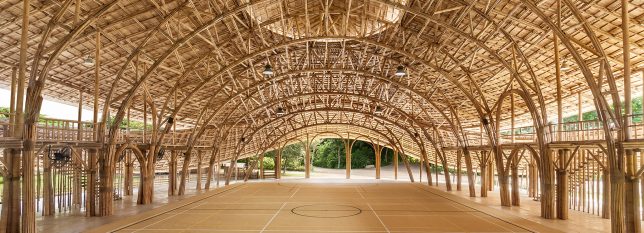
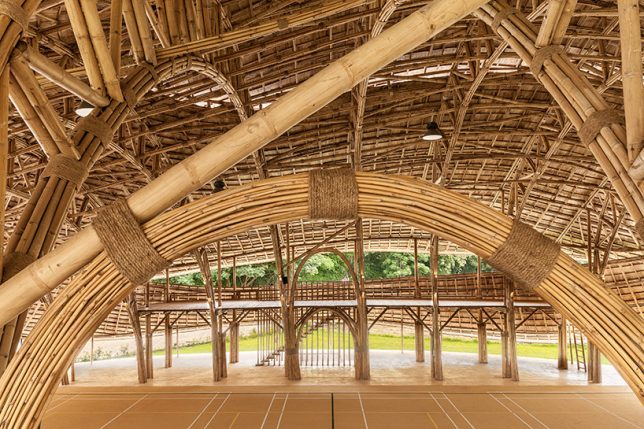
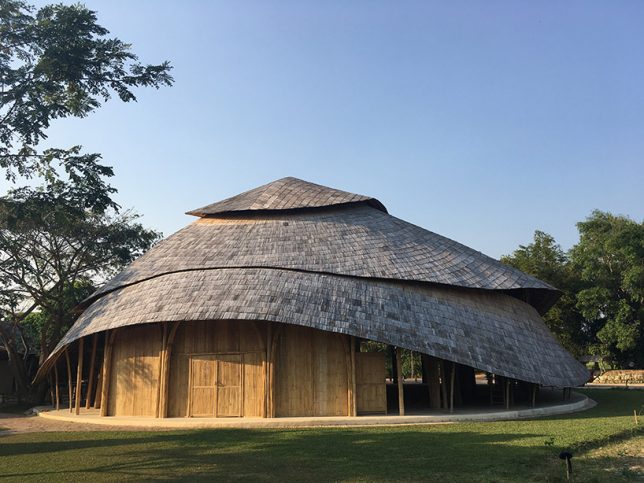
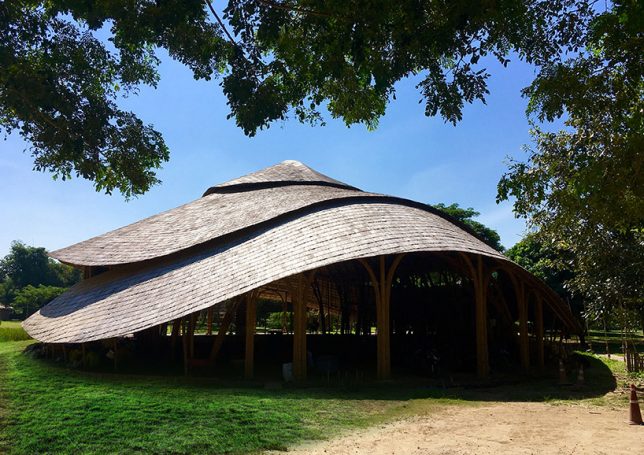
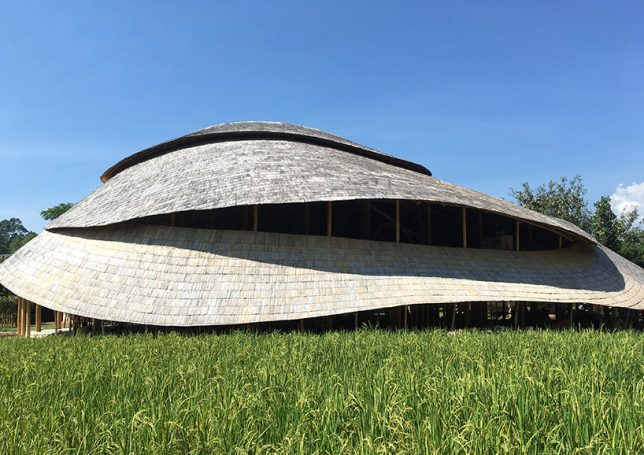
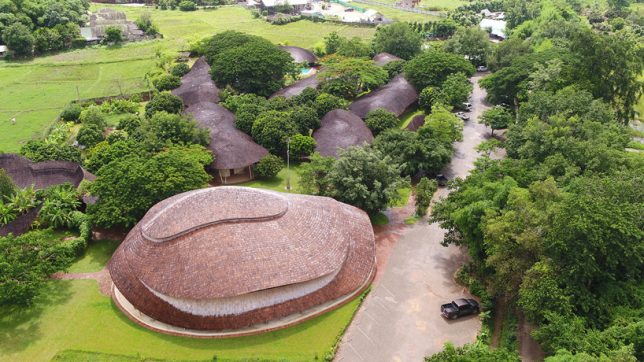
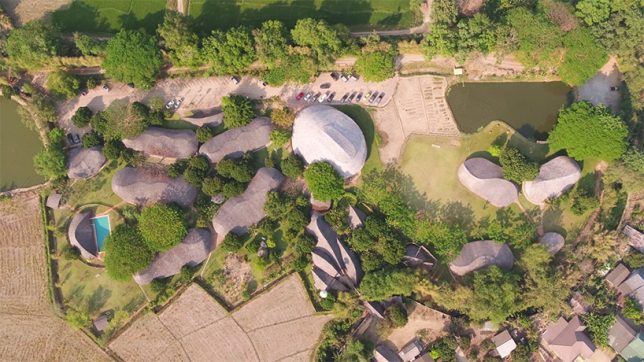
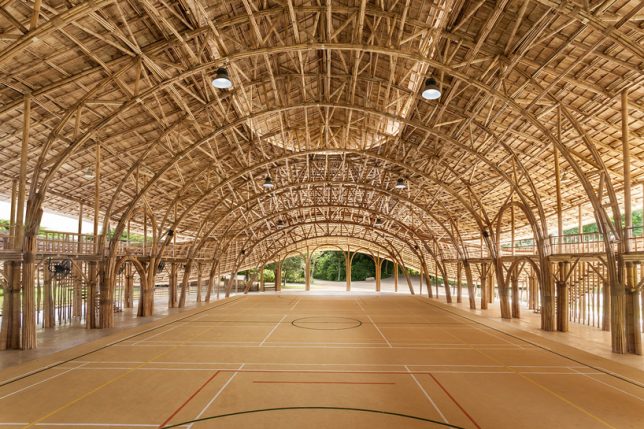
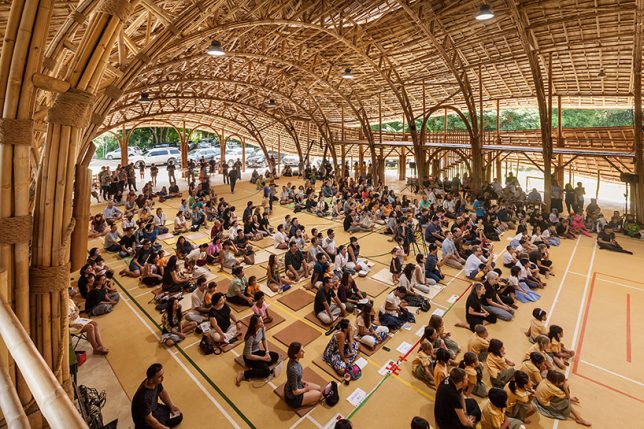
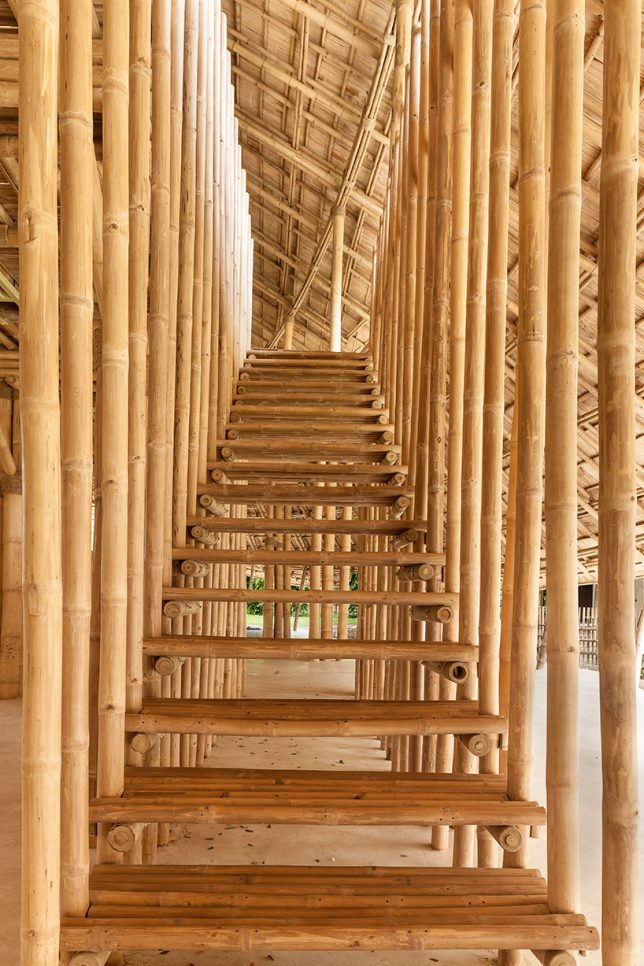




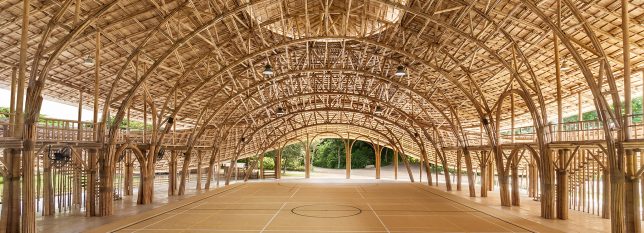

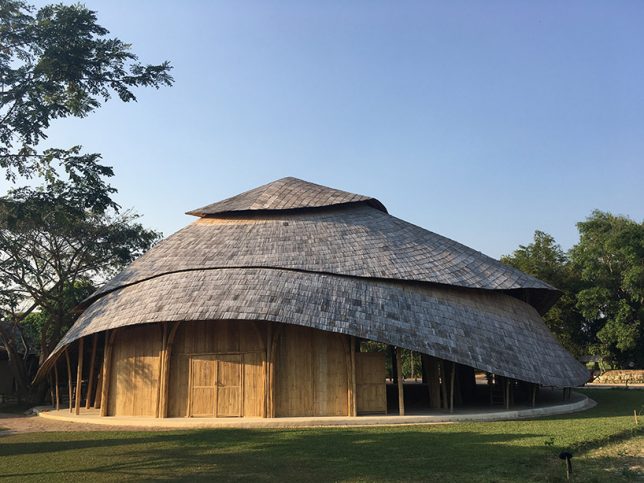
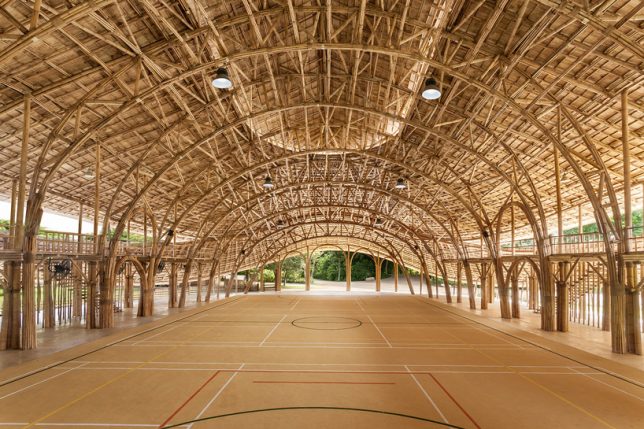
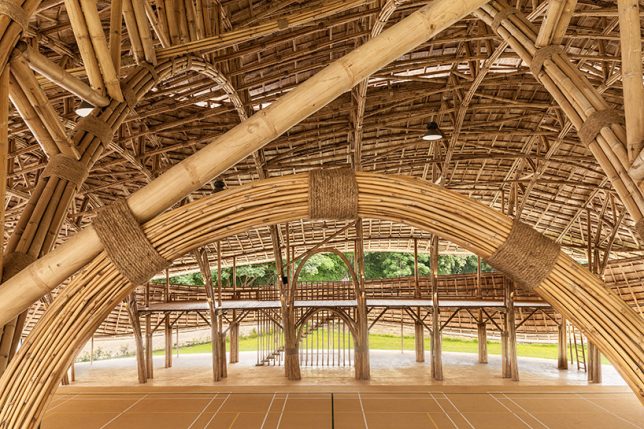

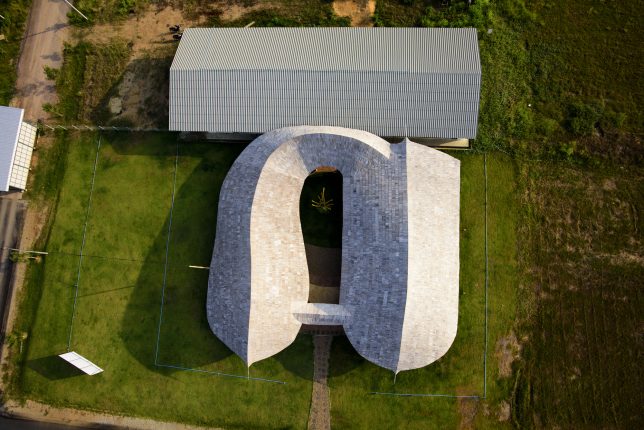
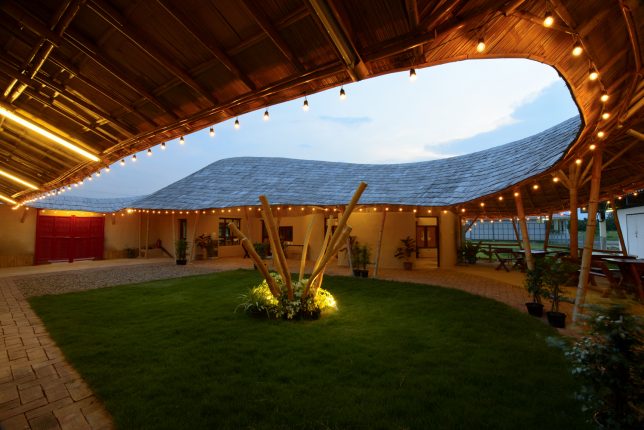
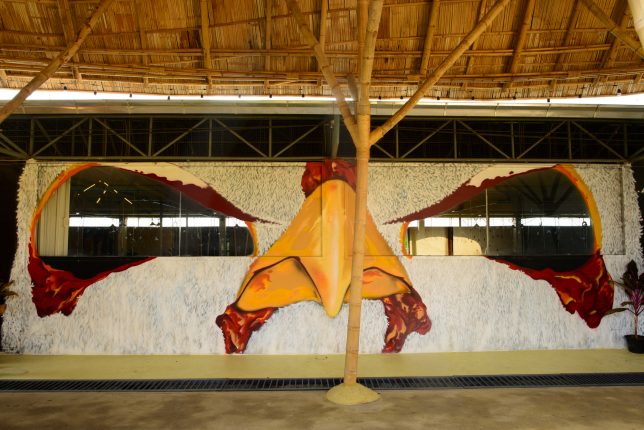
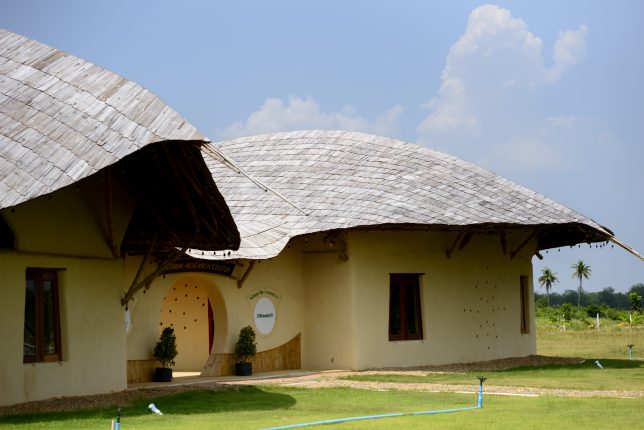
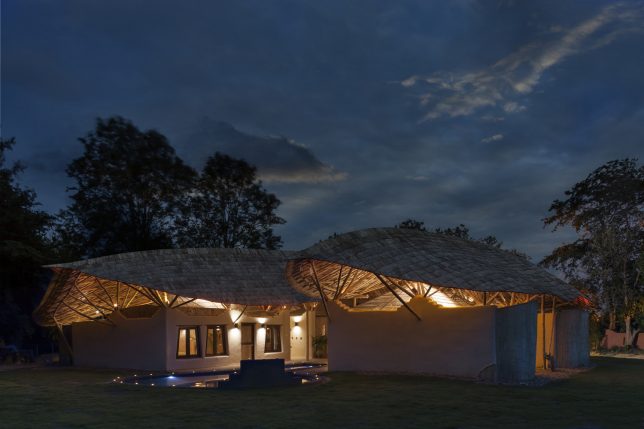
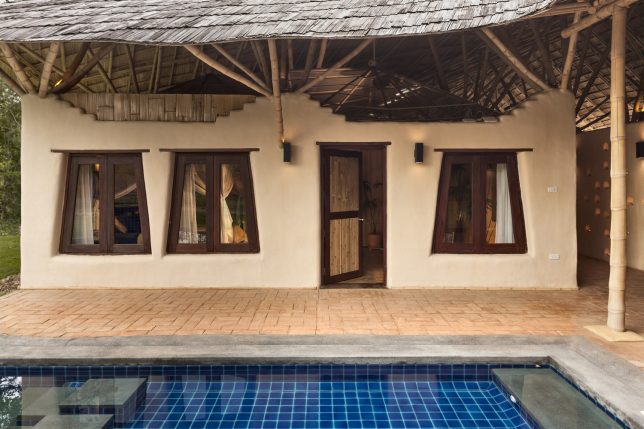
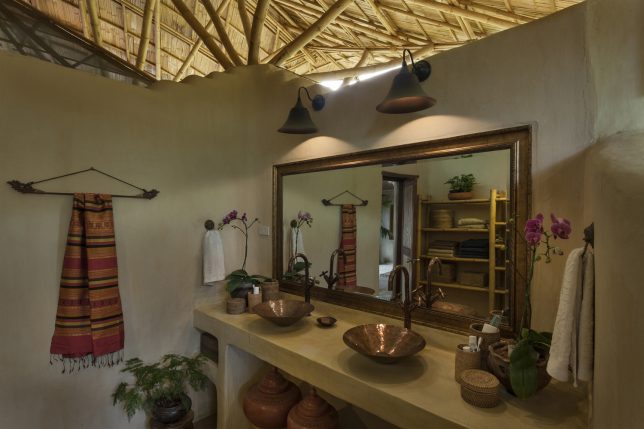

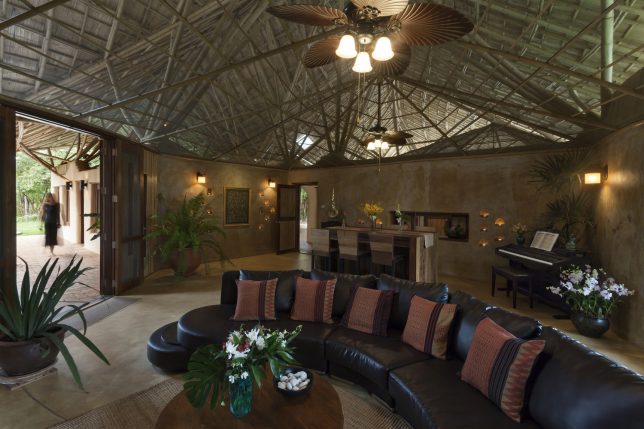
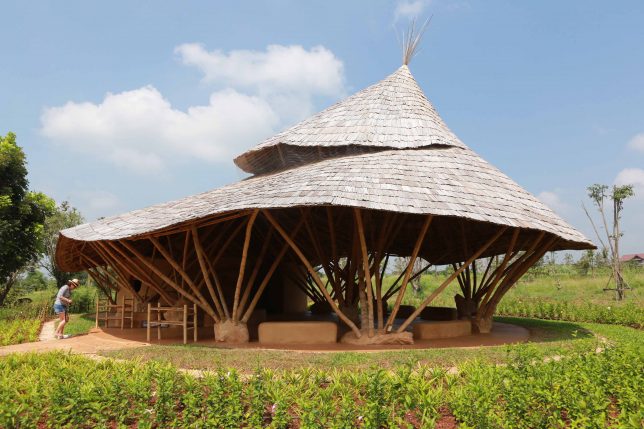
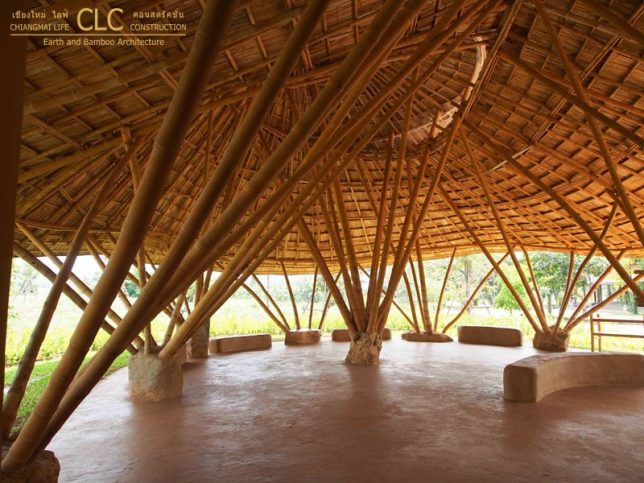
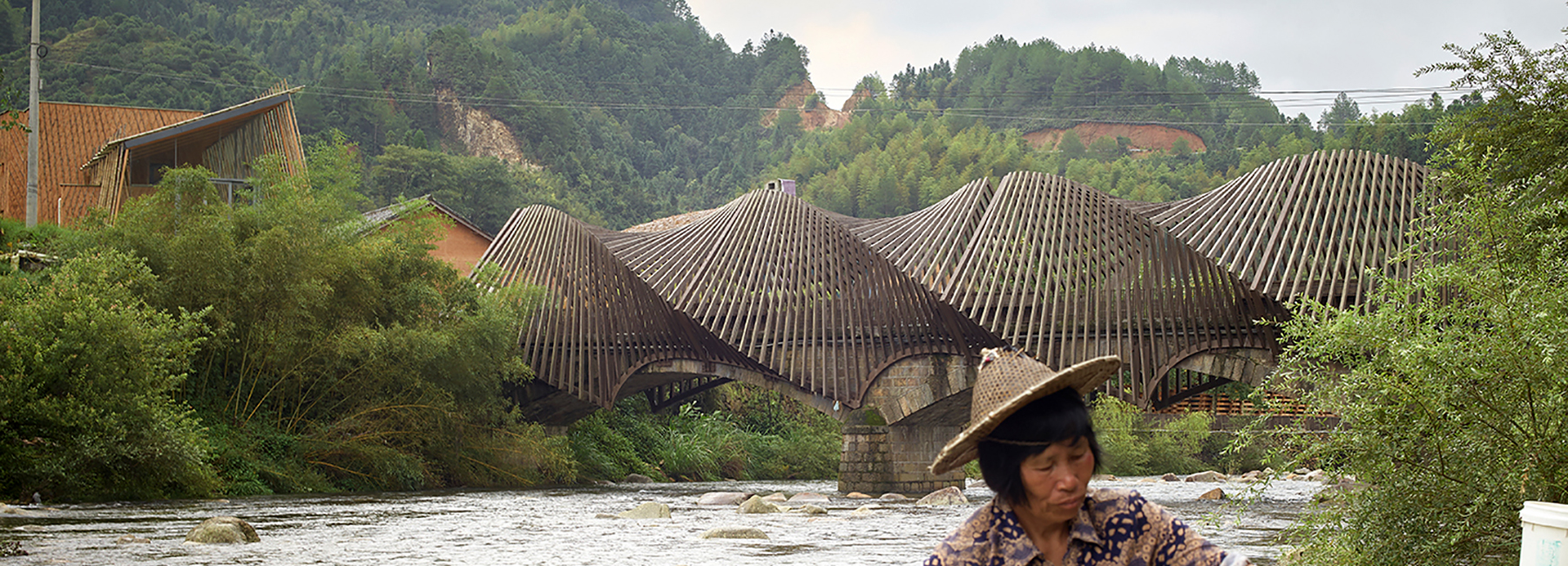


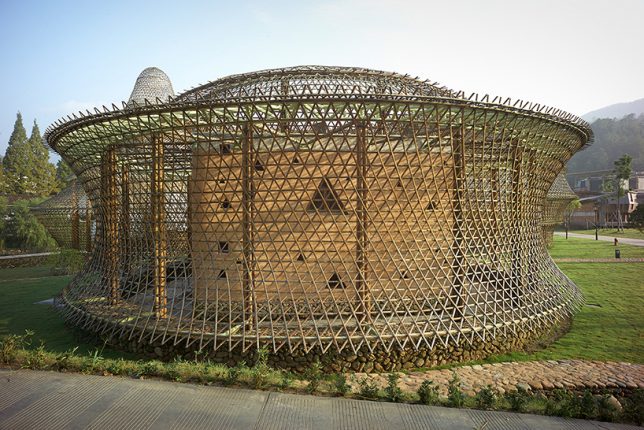
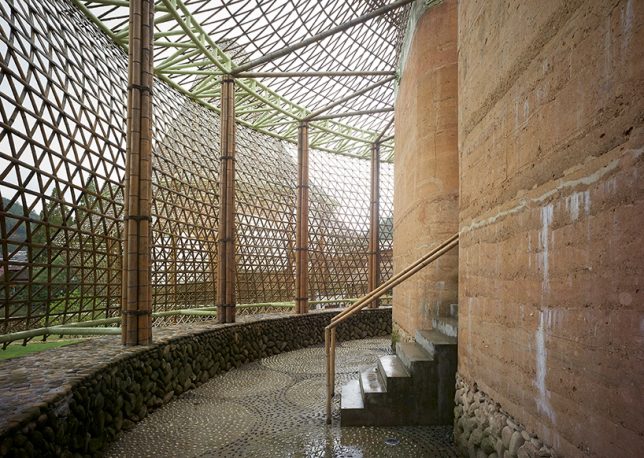

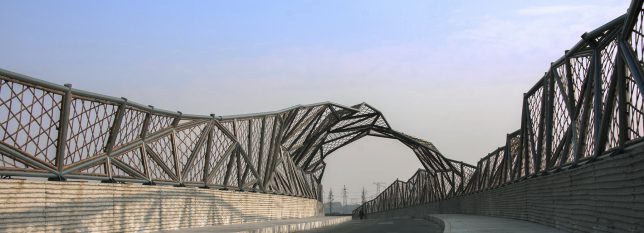
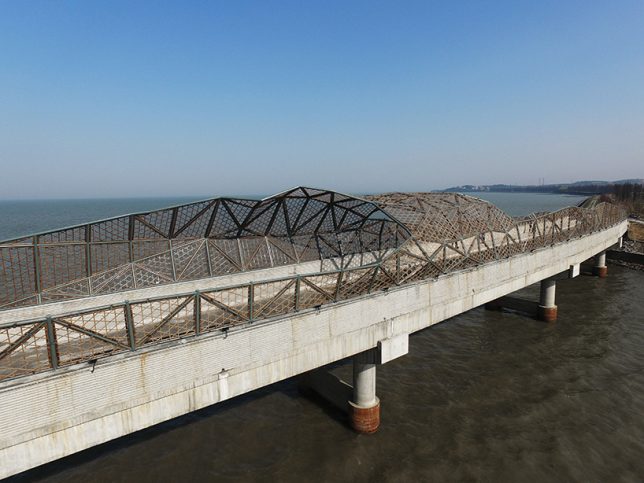
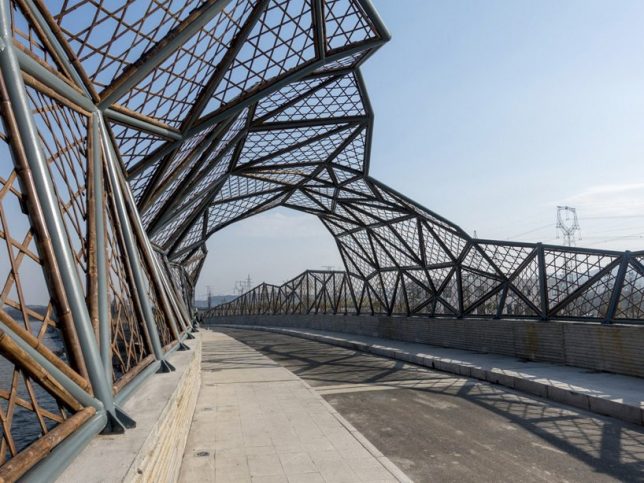
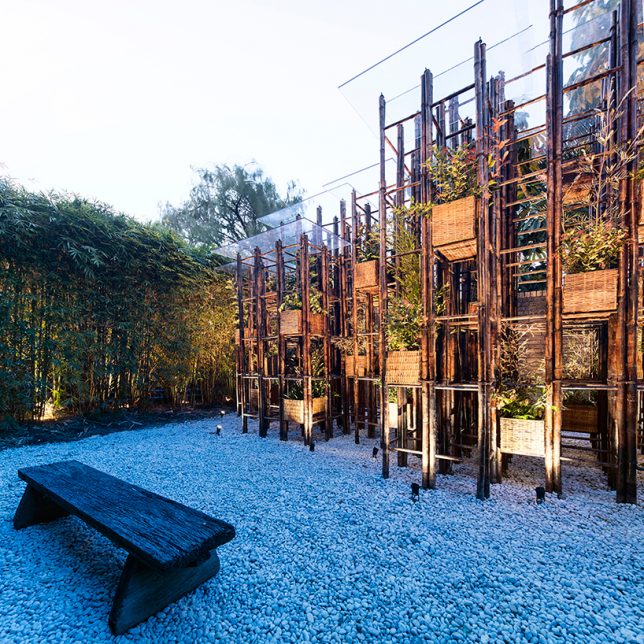
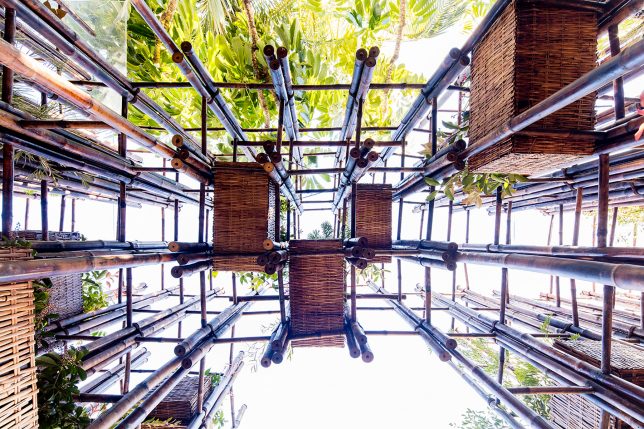
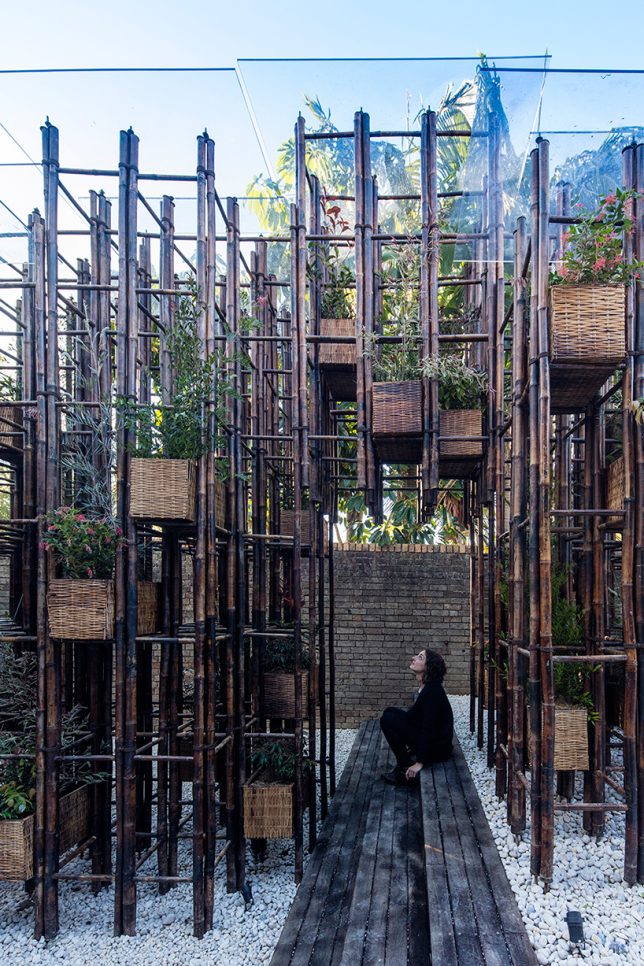
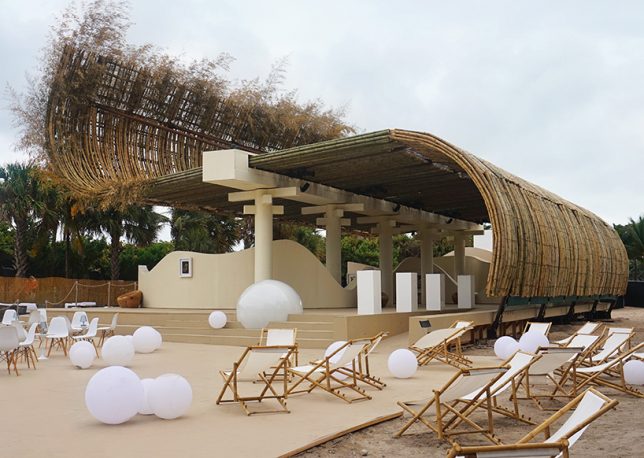
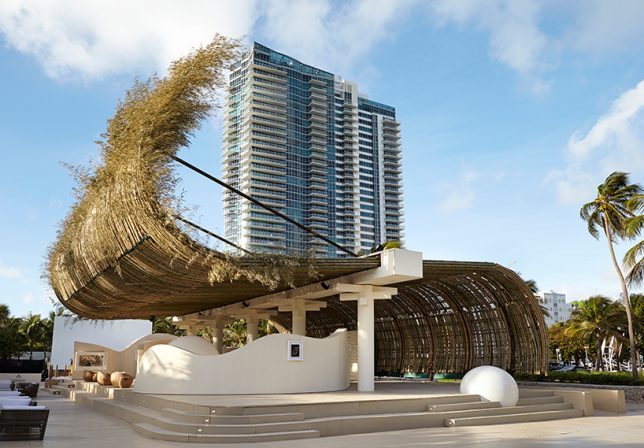
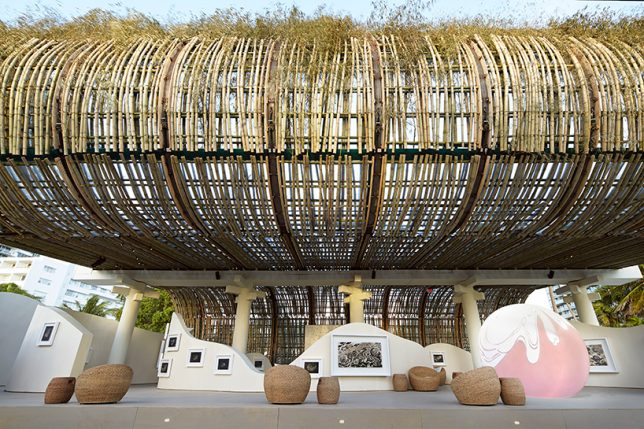


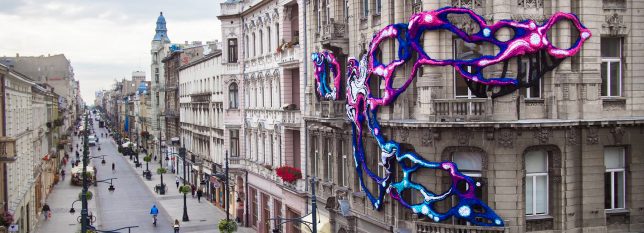





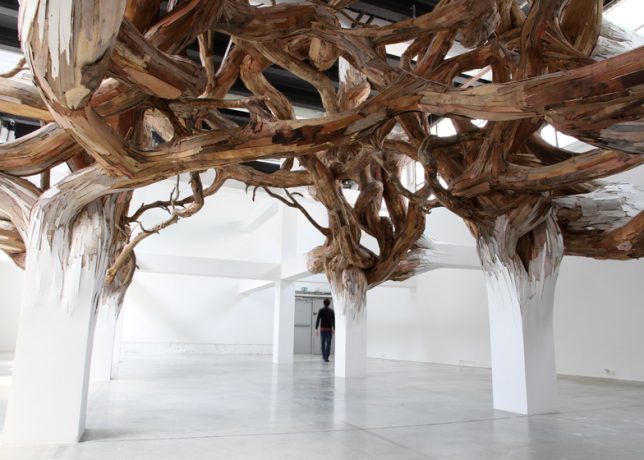

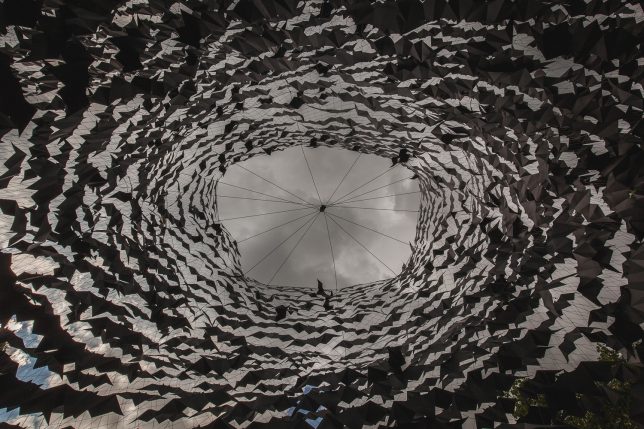
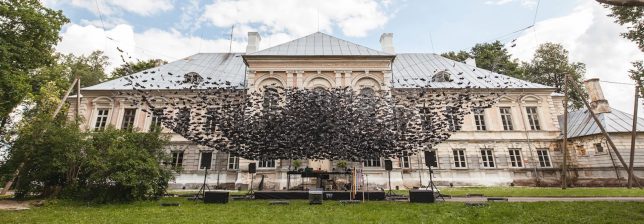
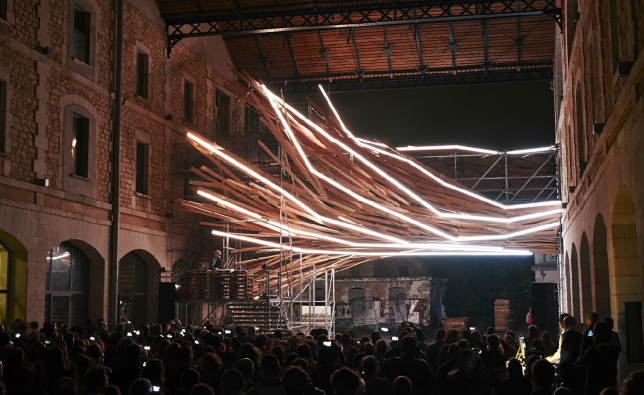
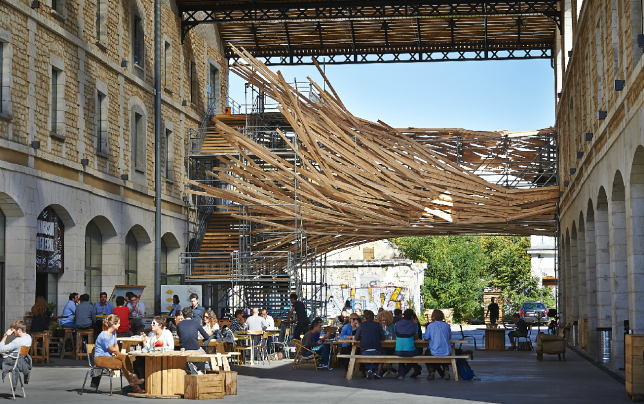
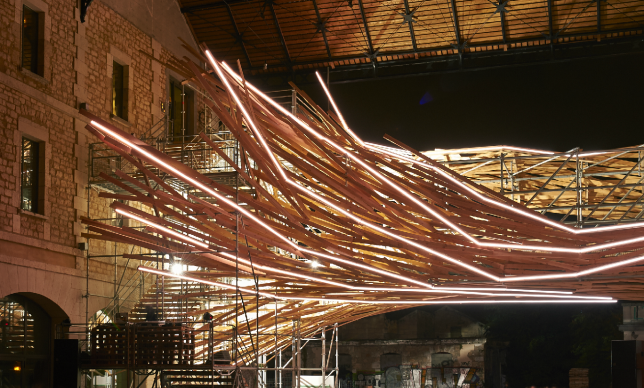
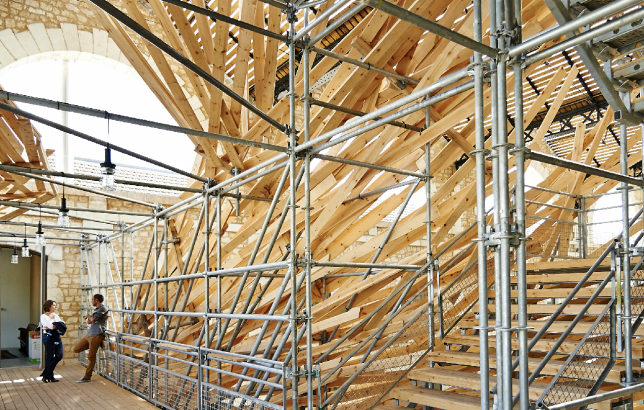



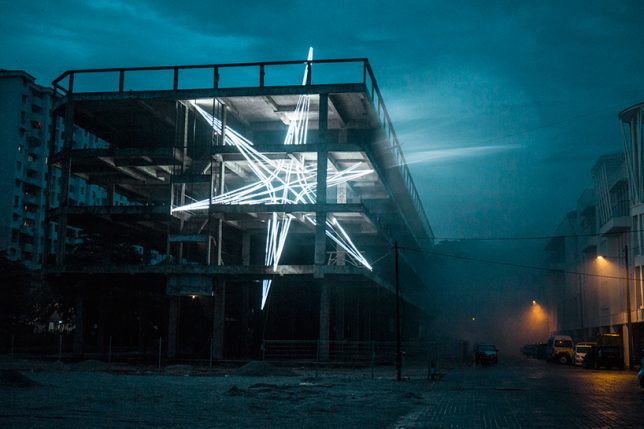


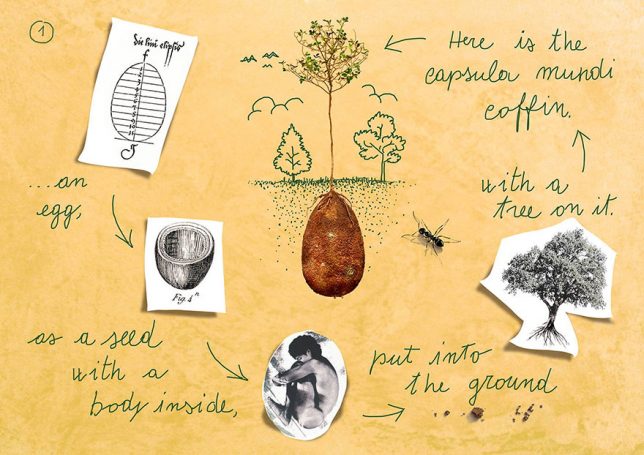


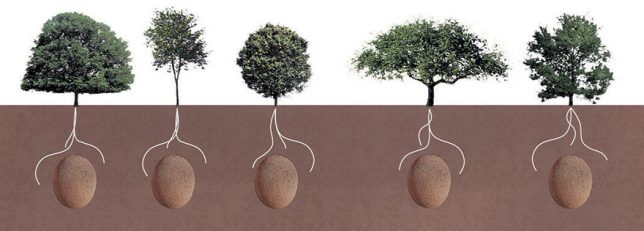
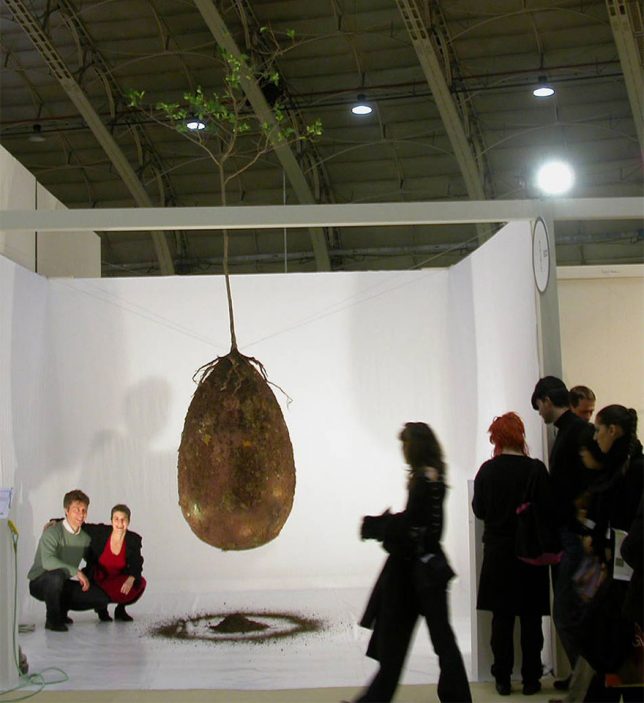






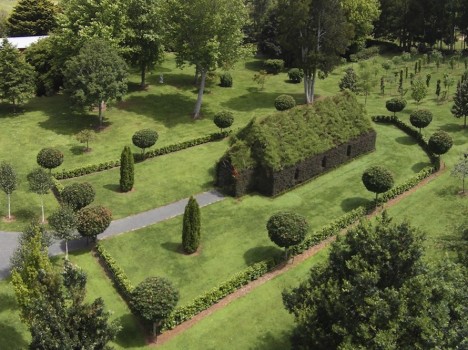
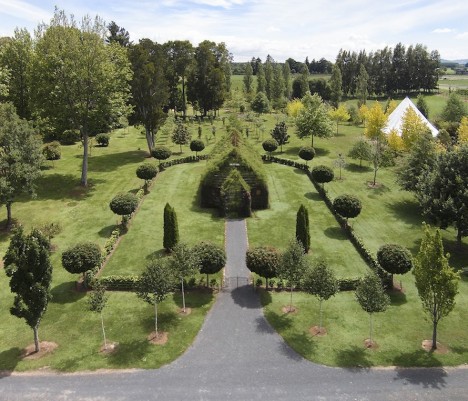
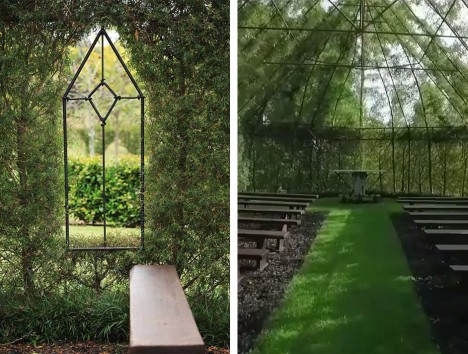
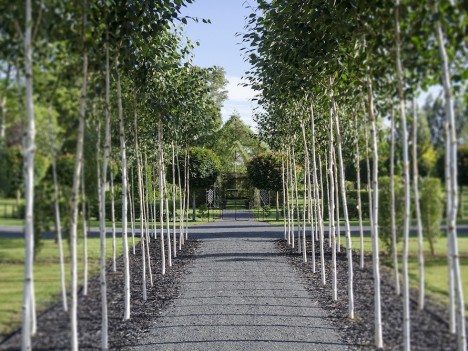
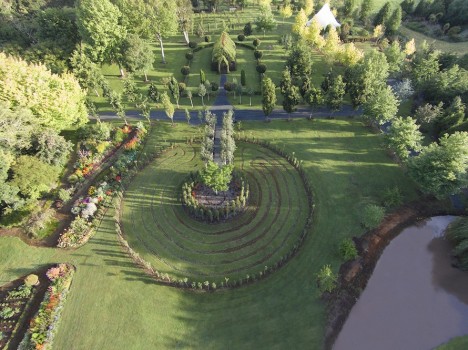

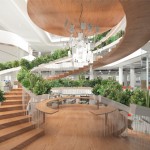





You must be logged in to post a comment.